The chapters in this volume were originally presented in the panels on Scientific Literature at the 12th World Sanskrit Conference in Helsinki, They represent some of the most up-to-date scholarship on the history of early science in India being done today. Several of the studies in this book demonstrate compellingly how the discovery and study of Sanskrit manuscripts is critical for the development of the history of Indian science. The unifying feature of the scholarly methodology displayed in the present book is the interesting combination of Sanskrit and Indological skills with those of ‘ disciplinary neighbours’. Thus, the authors demonstrate a command of skills not just in Sanskrit philology and Indian codicology, but also in mathematics, geometry, medical botany, social history, religious studies, anthropology and trans-culture psychiatry. This is scholarly development that has potential to bring the fruits of Sanskrit studies to a contemporary audience far beyond Indology, and conversely to acts as invitation to thinkers outside Sanskrit studies to consider seriously how Sanskrit culture studies can contribute to a richer view of global history.
The first part of the book focusses on the history of mathematical commentaries and the role of illustrations in Sanskrit mathematical manuscripts. The second part investigates fundamental Ayurvedic theories, and rites for childbirth, the cultural history of medicine in the early modern period and the anthropology of spirit of one of the oldest surviving Ayurvedic texts.

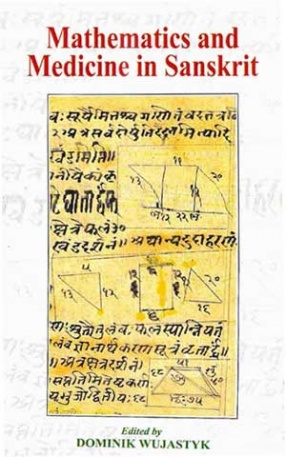
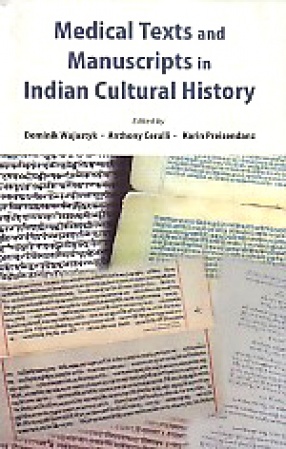
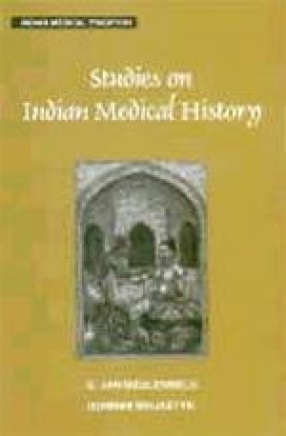

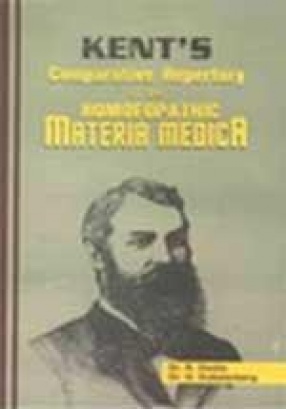
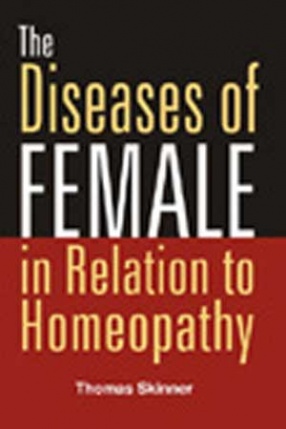
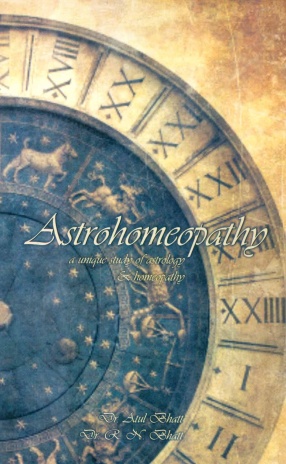
There are no reviews yet.